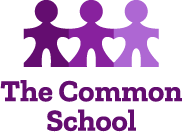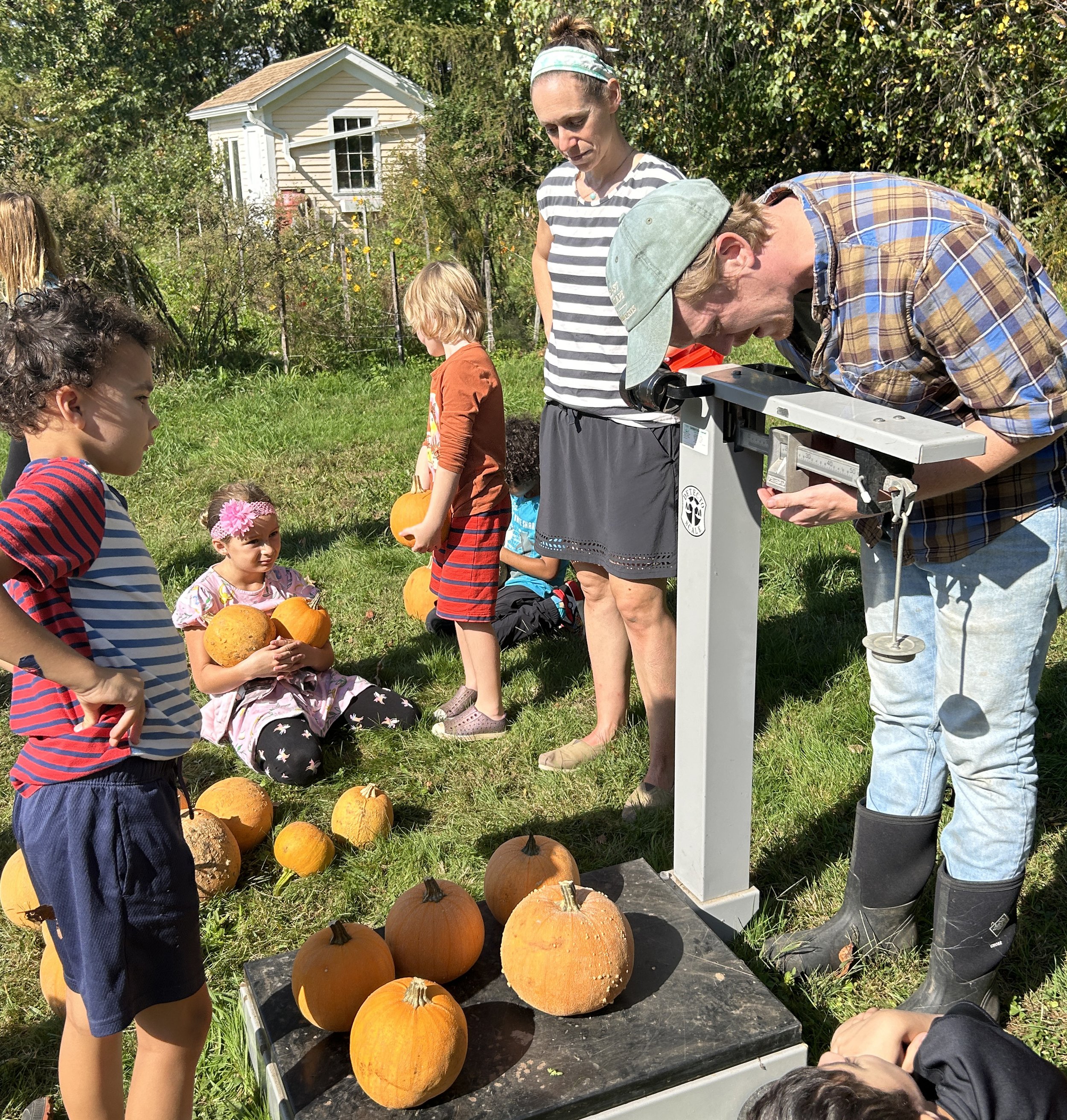Elementary
Elementary students are ready for bigger and more complex projects and homework assignments.
They spend time in the library reading independently, they conduct their own research and write reports, and they dive into math exercises like multiplication, division, fractions, decimals, geometry, and beginning algebra. They also learn to write strong sentences, paragraphs, and short essays.
Peek into an Elementary classroom on any given day and you’ll find:
Children working constructively with others, navigating friendships, advocating for themselves, and resolving conflict.
Teachers helping students prioritize and manage classwork and homework.
Reading-level groups that challenge students to engage with increasingly complex texts and discuss them in class.
Elementary Curriculum Highlights



